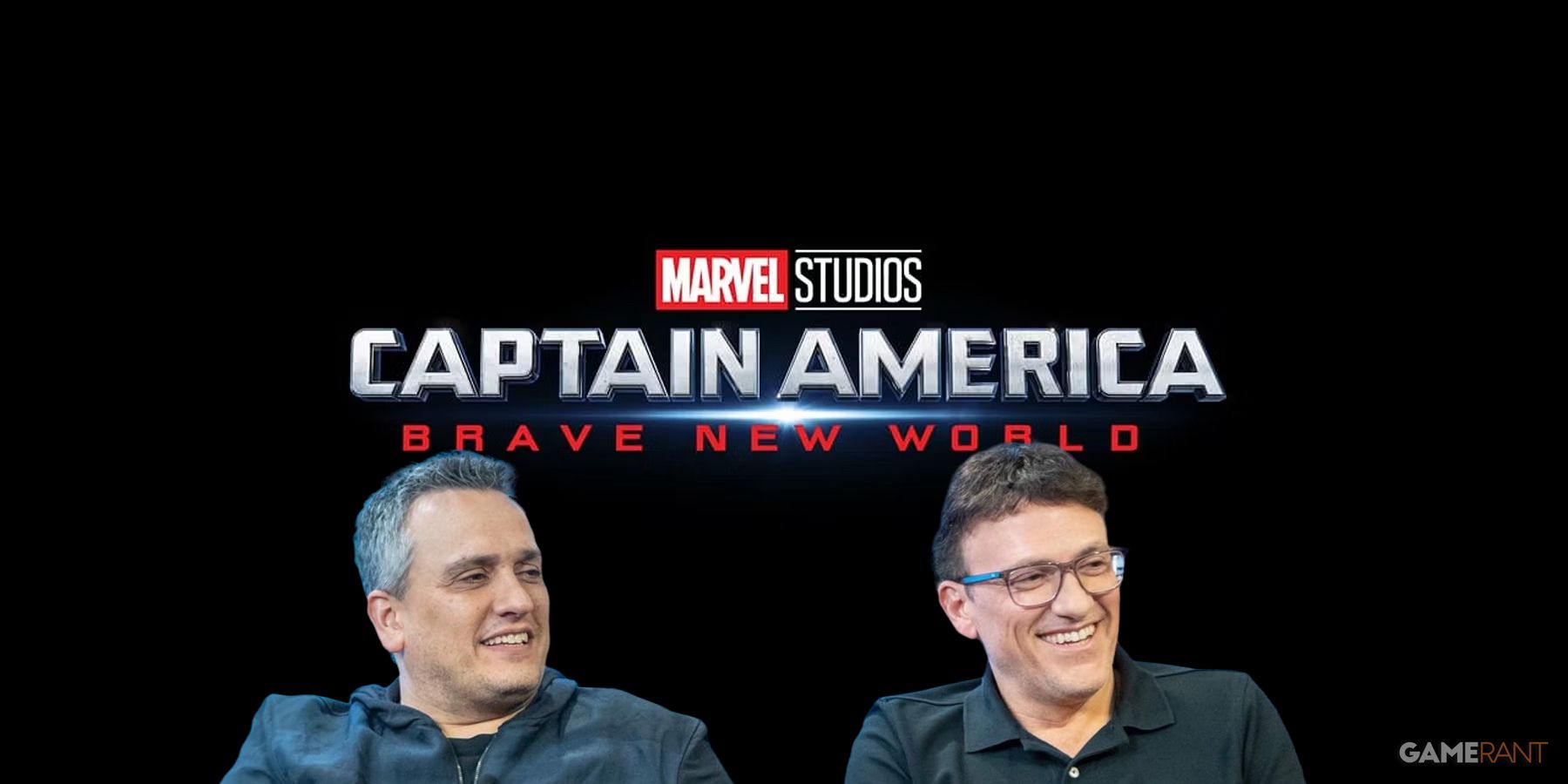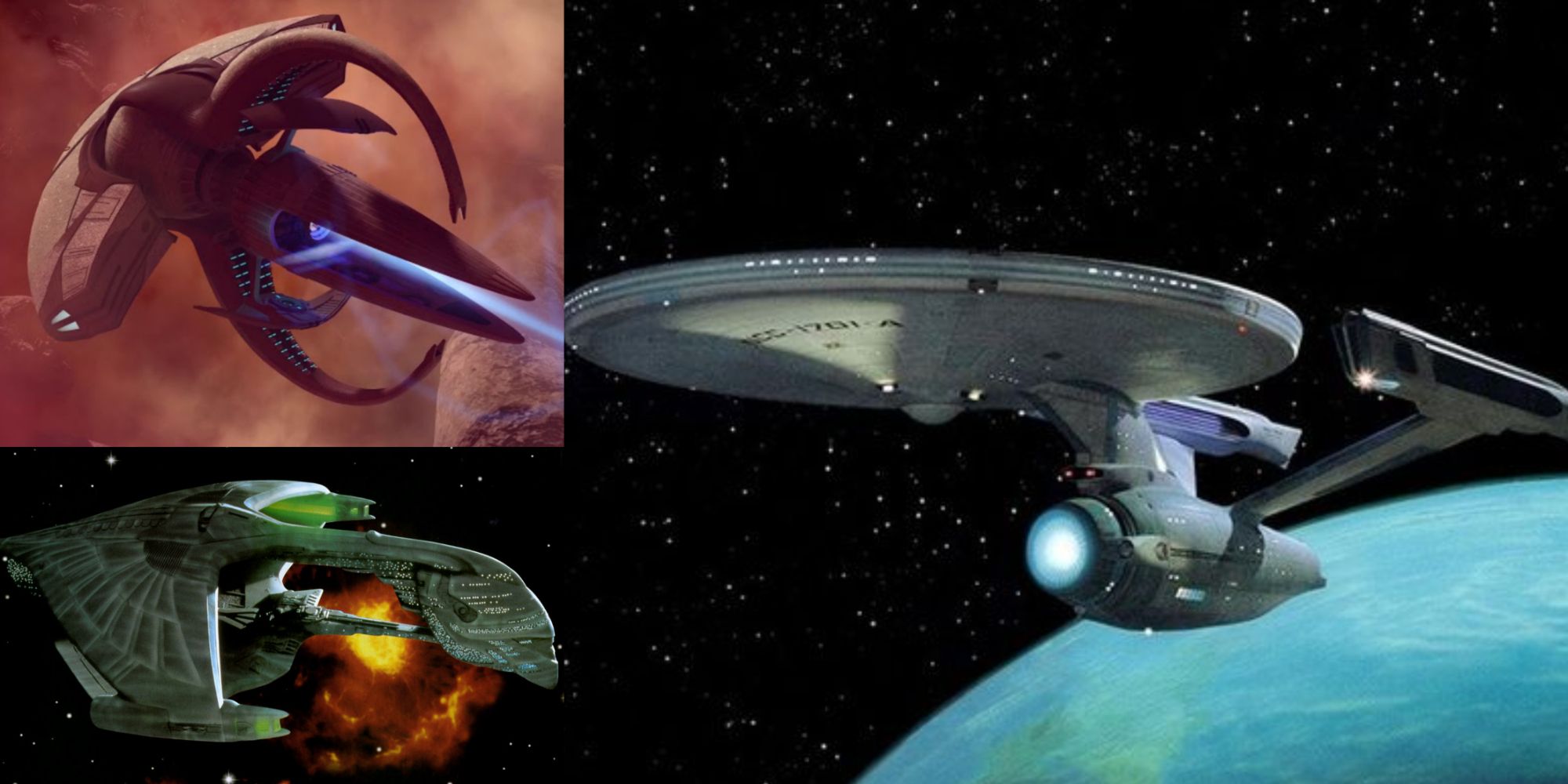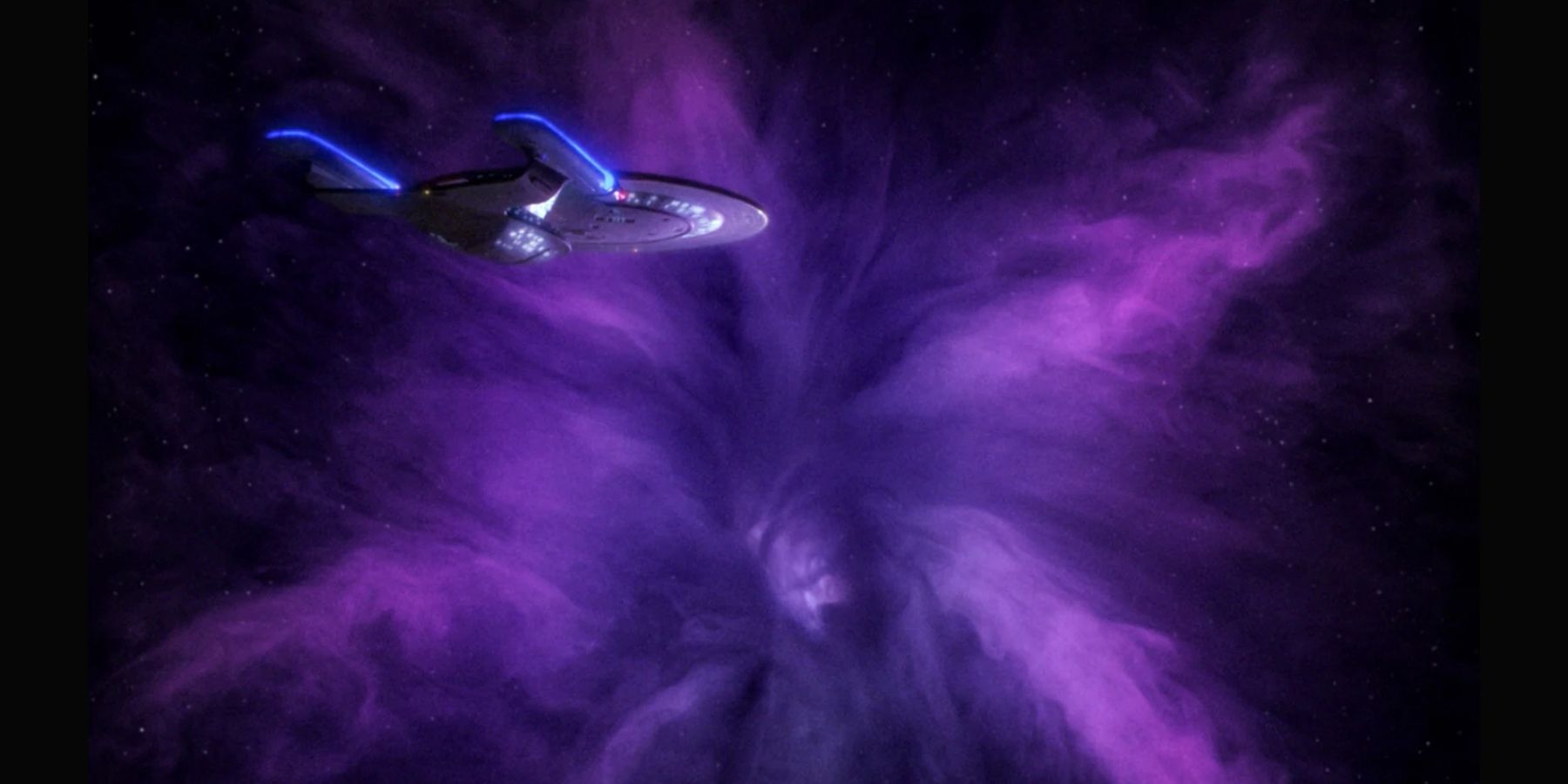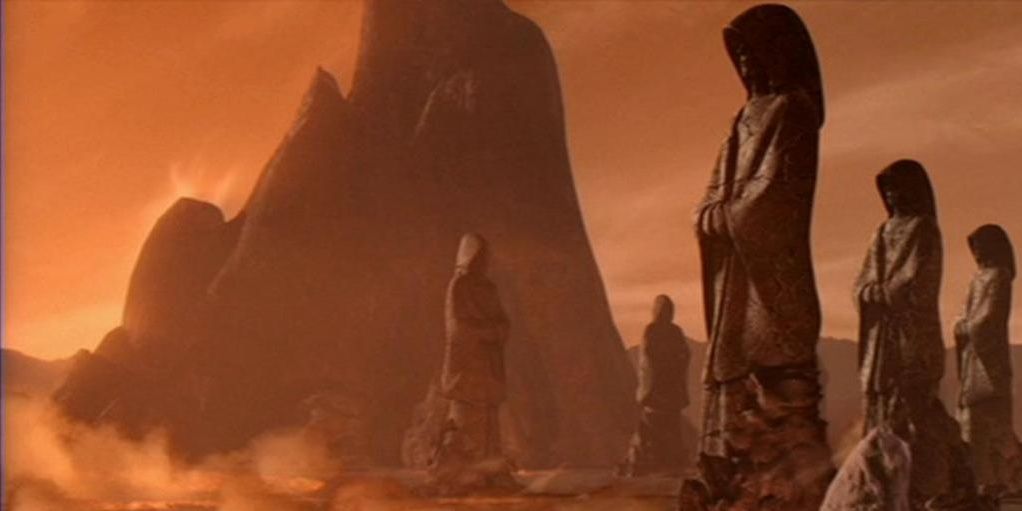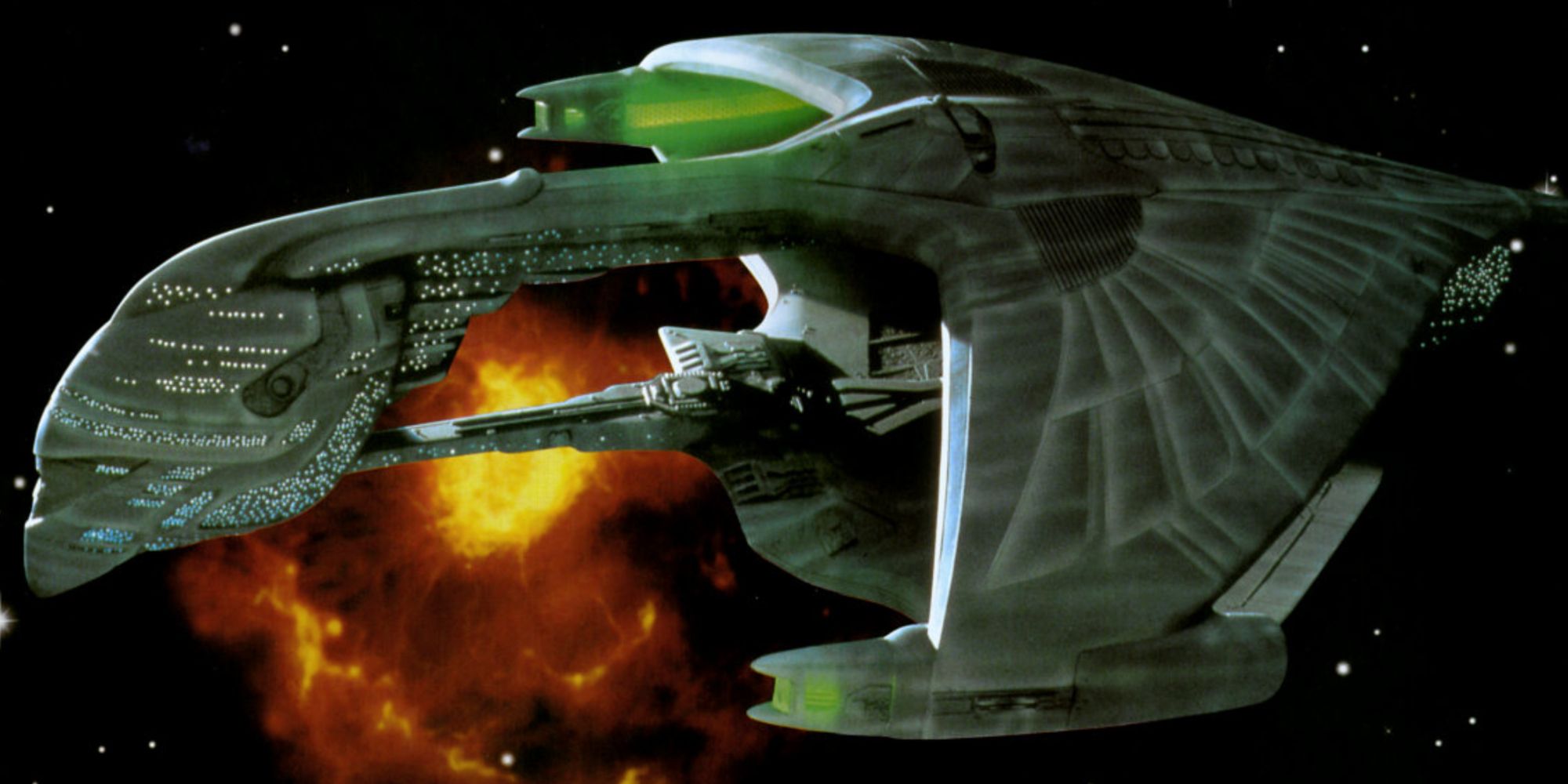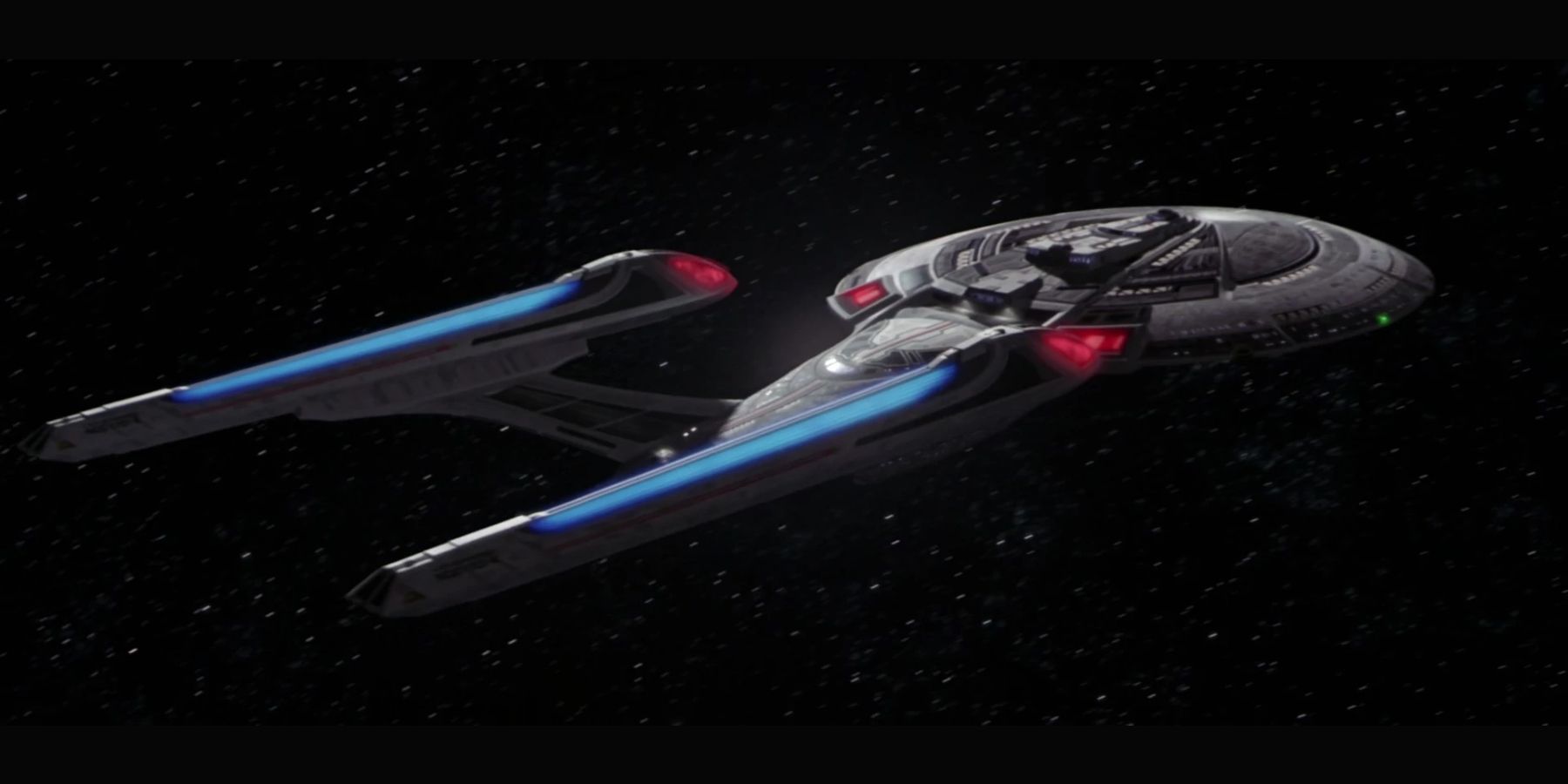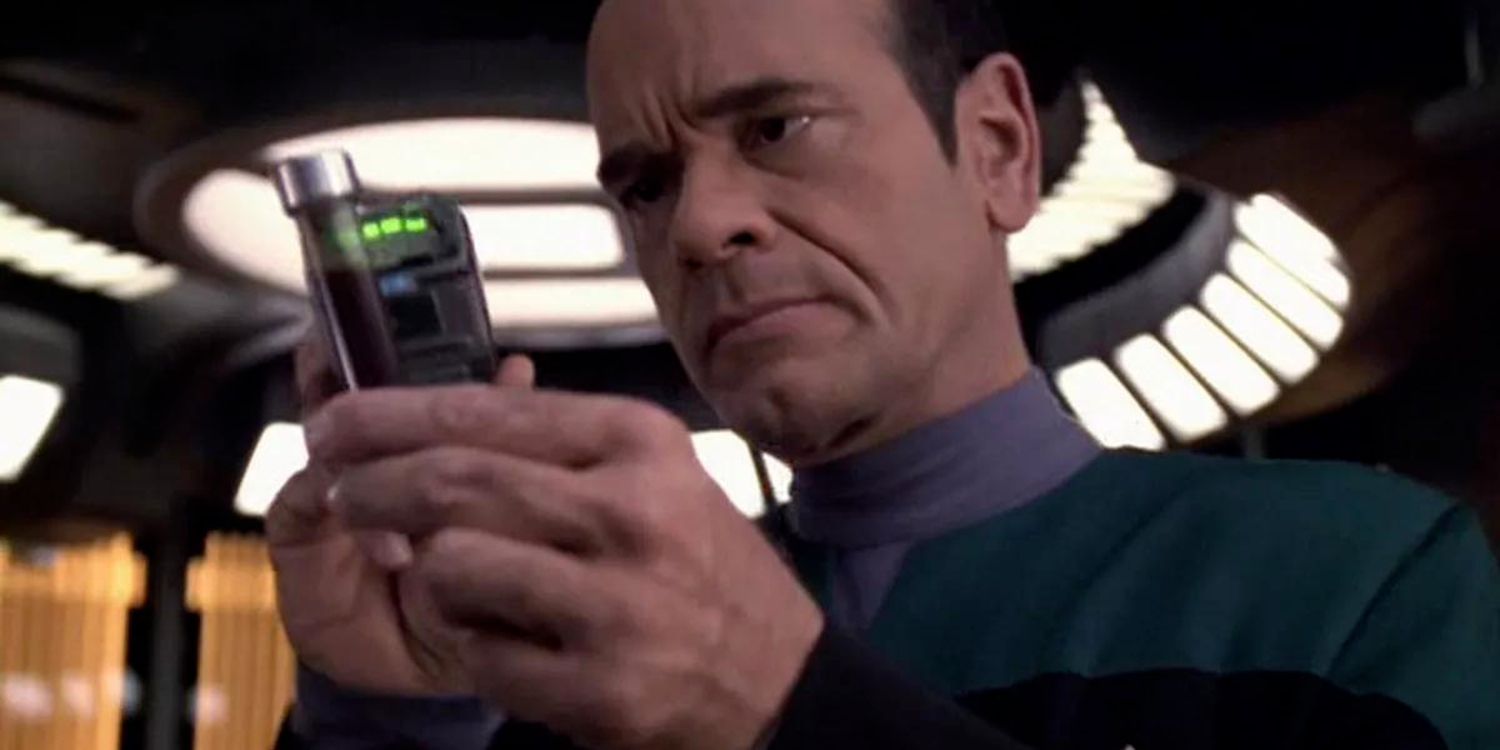The power of warp speed isn't just a footnote in the Star Trek universe. The ability to travel at the speed of light is what makes the whole franchise possible, and the development of the warp drive was an important historical achievement that spanned thousands of years.
According to the lore, once a civilization had demonstrated the ability to develop a spacecraft with warp capabilities, they were ready to be an active part of the intergalactic neighborhood. The movie Star Trek: First Contact focused on the development of the Pheonix, the first working ship that Zephram Cochrane built, but there's still a lot that fans don't know about warp travel.
6 The Flight Of The Bonaventure
Viewers that were paying attention during the Deep Space 9 episode "The Nagus" would have noticed a chart in Keiko O'Brien's classroom entitled, "Starship Chronology" that features a ship called The Bonadventure. Before the Pheonix was a part of the lore, it was accepted but unofficial canon that a ship called The Bonaventure had been the first successful warp-capable ship.
The set designer that created the chart, Doug Drexler, put the ship there as a reference to the classic animated series. In an episode of Star Trek: The Animated Series called "The Time Trap" Scotti gives the audience some exposition about the first ship to have a warp drive and how it mysteriously disappeared during its third mission.
The story of the Pheonix in Star Trek: First Contact eclipsed this story, partly because a lot more people have seen the feature film as opposed to the obscure cartoon series. It is easy to reconcile the two, however, since the Bonaventure was the first deep-space starship to have a warp drive and the Pheonix was a prototype for short-term use.
5 Prehistoric Vulcans Had A Version Of Warp...
Vulcan history is detailed and sophisticated and is much longer than human history. The Vulcans had warp capabilities as early as the 9th century BCE, but the knowledge and technology were lost during centuries of long-term, large-scale civil conflicts. By the time the Vulcans took to the skies again, it was after more than 1500 years of relative peace and stability.
The technology they used was more unstable and less efficient than the methods being developed on Earth, which reason Vulcans cultivated a close relationship with humans from the start. Competition for the development of warp-speed engines and starships was in its heyday at the time, and it didn't take long for the Vulcans to notice that humans had some good ideas.
4 ...But Cochrane's System Was Better
When they first came in contact with humans, Vulcans were using a Coleopteric warp drive to reach light speed. This design puts moving warp coils on the outside of the ship but is a less-than-robust design that only works for smaller ships.
It was stabilized in later years and is still used when safety takes a backseat to speed or utility, a great example being Spock's "Jellyfish" ship from Star Trek 2009. It's one of the few ships of this design that can safely handle high speeds.
Zephrem's Cochrane's warp core, which used a moderated reaction of antideuterium and deuterium with dilithium crystals within a conventional engine, was less volatile. It led to a period of fierce and quick development which saw Warp 2 capable engines by the close of the 21st century.
3 Romulans Use Black Holes
During this busy time of discovery in the field of warp technology, every race seemed to have its own version. The Romulan one was unique among the others, shunning the safety of dilithium or the efficiency of warp coils that both use matter and anti-matter reactions to a much more dangerous but powerful source instead.
The main source of power for Romulan warp-capable starships is a mini-black hole, but not the kind that is found in space. The term for it is an artificial quantum singularity or a controlled black hole that's created and contained. Given the Romulan habit of making power and conquest a priority in their culture, they had fewer qualms about having something so dangerous in their engine room.
2 It Damages The Fabric Of Spacetime
For centuries it was all about warp travel and how much faster it could go, with little or no consideration of the environmental damage it might have. It turns out that the fabric of space and time has a fragile ecosystem, and eventually it was discovered that excessive use of warp travel was damaging it.
Late in the 24th century, as technology was taking starships to speeds of Warp 14, a scientist named Serova from the planet Hekaras II observed this phenomenon while investigating local warp effects. He brought his findings to the Federation Council, which placed a moratorium on warp drive use except in case of an emergency.
1 "Gossip Travels Faster"
The human heart is not something that time or travel can measure. There's an interesting quote from the Voyager episode "Someone To Watch Over Me" that suggests you can warp a human as far as you want, but the power of their feelings will always be stronger than dilithium or mini-black holes.
The Doctor is helping the new Seven-Of-Nine fit in with her human crewmates, which is a bit weird since he's still learning a lot himself. They end up helping each other, and one piece of advice that he gives to Seven is this important lesson, that the toxic human habit of gossip can travel through the Milky Way Galaxy twice before the truth even has time to make First Contact.



